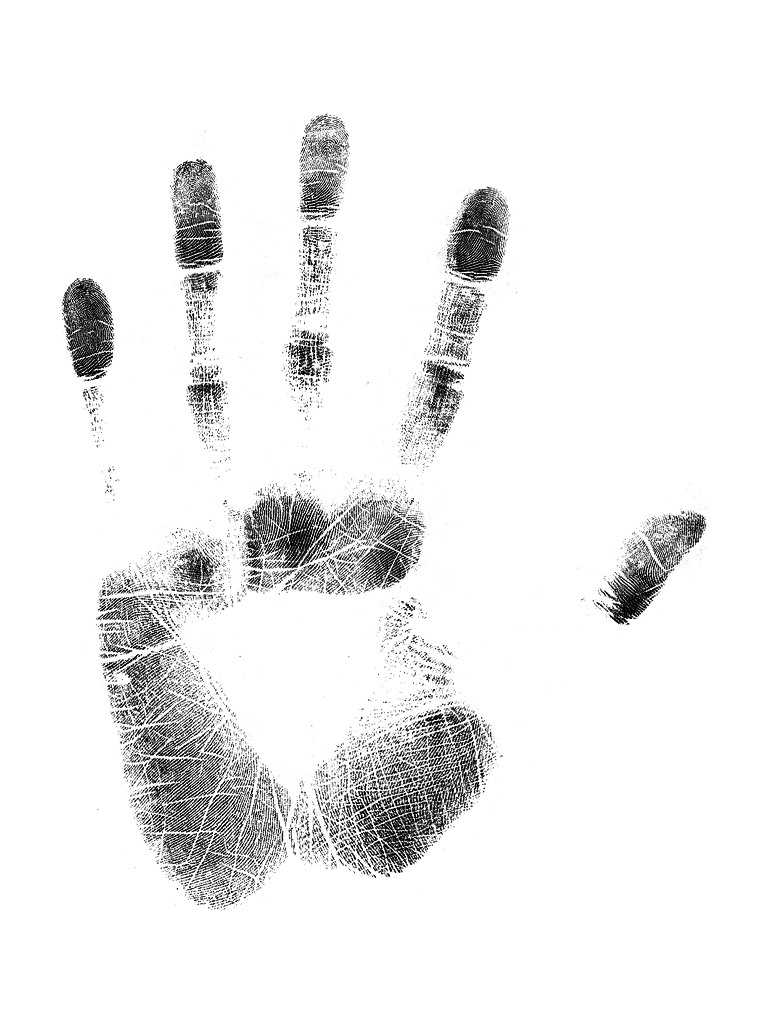Identifying and Preserving Potential Print Evidence
/ SPECIAL TO THE WEB
SPECIAL TO THE WEB
Bob Tie, CFE, CFP
Fraud Magazine contributing editor
Not long ago, the president of a global corporation headquartered in Atlanta got a nasty surprise when his secretary suddenly resigned and sued him for sexual harassment he knew he hadn't committed. So the president called his attorney, who — for reasons that'll become clear — quickly contacted Robert Whritenour, a certified latent print examiner in private practice.
Whritenour has more than 30 years of experience in his field, including service as a special agent, latent print examiner and training officer with the U.S. Army Criminal Investigation Laboratory.
The corporation president's accuser said she'd written two complaint letters to the company's human resources (HR) director when the president was allegedly harassing her. The HR director was stunned to find the letters in the accuser's personnel file. She hadn't seen them before.
Because employees had to request permission from HR to see their files — and the accusing secretary hadn't — the HR director reasonably suspected that the secretary somehow had obtained a key to the HR file room and surreptitiously planted the two letters without ever mailing them. But how could the company prove this fraud theory?
As the president's attorney had hoped, Whritenour knew what to do. First, using certain chemical solutions, he processed and examined every part of the accusing secretary's personnel file and obtained numerous clear prints. Next, he fingerprinted the few HR staff members who had access to the file. After he eliminated their prints from those in and on the file, about 25 unidentified prints remained.
If Whritenour found the accuser's fingerprints on the letters, it wouldn't prove her accusation was fraudulent. However, if he found her fingerprints on other documents in the file or on the file folder — neither of which she had legitimate access to — that would support the HR director's fraud theory and cast doubt on the secretary's truthfulness and allegations.
The president's attorney then asked for and obtained a court order compelling the accusing secretary to have her fingerprints taken to compare with the unidentified prints on her personnel file. However, she didn't comply, and she dropped her suit three days later. Case closed.
Of course, unskilled handling and examination of evidence can impair the clarity and usefulness of investigative results. To help mitigate that risk, CFEs should familiarize themselves with the Fraud Examiners Manual discussion (2012 edition, pp. 3.122ff) of identifying and preserving potential print evidence. Just as important, they should engage only fully qualified latent print examiners to analyze such evidence.
Read the rest of the Special to the Web article on Fraud-Magazine.com.